Media: Journalism
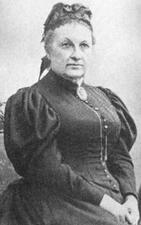
Jenny Hirsch
Born to an impoverished Jewish family, Jenny Hirsch became very involved with the German women’s movement as a writer and editor. She served both as secretary and editor of the monthly journal for the Lette Society, an alliance of German associations related to women’s work.
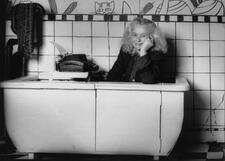
Nicole Hollander
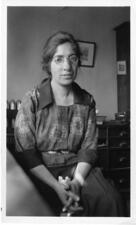
Libbie Henrietta Hyman
Libbie Henrietta Hyman spent her career researching and writing the definitive texts on invertebrates, a monumental effort. Hyman transformed her love of the soft creatures to texts that brought her international recognition as an expert on invertebrates and as the world authority on flatworms.
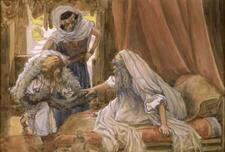
Rebekah Gumpert Hyneman
Rebekah Gumpert Hyneman was one of a small group of American Jewish women who published their work in the nineteenth century. She used her writing to showcase her love and devotion to Judaism. In her work, she encouraged American Jews to resist assimilation and understand the significance of their religion and also aimed to educate uninformed and anti-semitic non-Jews.
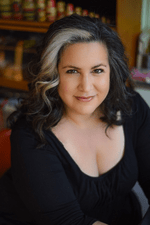
Marjorie Ingall

Israeli Folk Dance Pioneers in North America
Dance has been an integral element of the Jewish community since biblical times. An intense desire to share the joy of dance, coupled with a strong identification with both Israel and their Jewish roots, spurred a group of influential women to create a flourishing movement of Israeli folk dance in North America. Today, Israeli folk dance enjoys a wider popularity than ever.
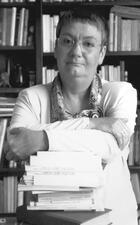
Modern Italy
Jewish women were crucial both to changes in post-emancipation Italian Jewish life and to the overall condition of women in modern Italy. This article reflects on the changes in the role of Jewish women in modern Italy within the Jewish press and institutions, their activism in shaping a secular civil society, and their experiences through the Fascist regime, the trauma of the 1938 Racial laws, emigration, resistance, deportation, survival, and reconstruction.
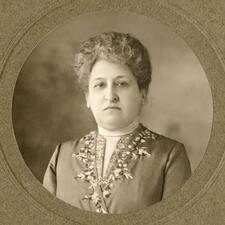
Aletta Henriette Jacobs
A pioneer in many realms—birth control, women’s suffrage, peace activism, and envisioning a wider future for women—Aletta Henriette Jacobs began her career as the Netherland’s first women physician in 1879. She went on to participate in many women’s rights conferences and was a staunch anti-war activist, traveling to the Hague and the United States to advocate her position.
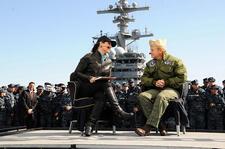
Dana Jacobson
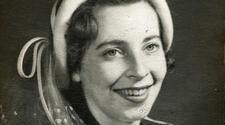
Jean Jaffe
Ira Jan
Ira Jan, a painter and writer, was the first Hebrew artist in pre-State Palestine. Born in Kishinev, Jan graduated from the Moscow Art Academy and traveled Europe before immigrating to Palestine in 1908. Known for her love affair with Chaim Nachman Bialik, she immigrated to Jerusalem in 1908, engaging in painting and teaching and publishing her stories in a number of periodicals in Palestine.
Lydia Joel
Anna Maria Jokl
Author, psychoanalyst, and scriptwriter Anna Maria Jokl was greatly influenced by the many places she lived: Vienna, Berlin, Prague, London, Zurich, and Jerusalem. Forced to flee countries twice because of Nazism, Jokl is best known for her German children’s books. Her prolific career includes accomplishments in radio broadcasting, psychoanalytic writing, and autobiographical prose.
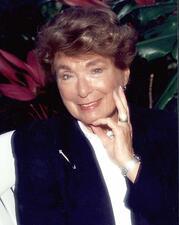
Geri M. Joseph
Geri M. Joseph, a pioneer in the acceptance of women in journalism and politics, was a prize-winning newspaper reporter, an American Ambassador to the Netherlands during the Carter administration, and the first woman to be elected to several business boards in Minnesota.
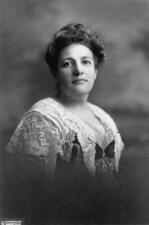
Florence Prag Kahn
Ita Kalish
Ita Kalish was a Zionist activist, Jewish Agency employee, Israeli civil servant, journalist, and memoir writer. Born into the Warka Hasidic dynasty, Kalish rejected her upbringing and went on to write nuanced portrayals and female-centered literature about the Hasidic community. Kalish’s memoirs are a rich source on the inner life of the Hasidic courts of Poland at the turn of the twentieth century and center around her own and her friends’ journey to leave what they considered the stifling atmosphere of the Hasidic world.
Regina Kaplan
Regina “Kappy” Kaplan was nurse, teacher, hospital administrator, and health care innovator. Most notably, Kaplan helped break down gender barriers in medicine by creating the first nursing school in the South that admitted male students.
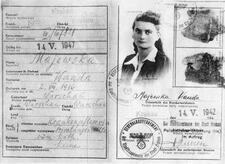
Kashariyot (Couriers) in the Jewish Resistance During the Holocaust
Kashariyot were young women who traveled on illegal missions for the Jewish resistance in German-occupied Eastern Europe during the Holocaust. They smuggled goods, news, and other Jews in and out of the ghettos of Poland, Lithuania, and parts of Russia. While those who fought the Germans within the ghettos are often most celebrated for their heroism, kashariyot were essential in the survival of Jews within ghettos.

Joyce Jacobson Kaufman
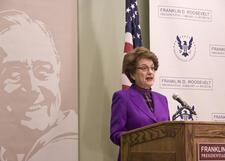
Judith S. Kaye
Judith S. Kaye was the first woman to serve as chief judge of the state of New York and chief judge of the Court of Appeals of the state of New York.
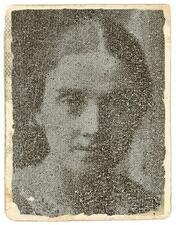
Helene Khatskels
As a member of the General Jewish Workers’ Bund, Helene Khatskels fought to realize socialist ideals about autonomy and liberation. As a Yiddish teacher and writer in Tsarist Russia and later the Soviet Union, she demonstrated a commitment to spreading and inspiring pride in Yiddish culture.
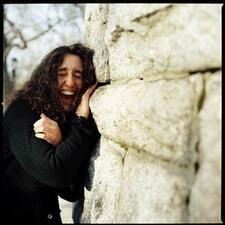
Loolwa Khazzoom
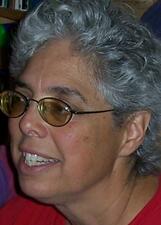
Clare Kinberg
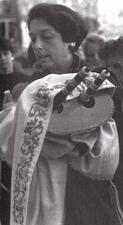
Francine Klagsbrun

Gerda Weissmann Klein
Holocaust survivor Gerda Weissmann Klein has used her experiences to educate countless people through her books, television appearances, and motivational speaking. Among numerous other awards for her work, Klein was appointed to the United States Holocaust Commission by President Clinton in 1997, and in 2011 she was awarded the Presidential Medal of Freedom by President Obama.


